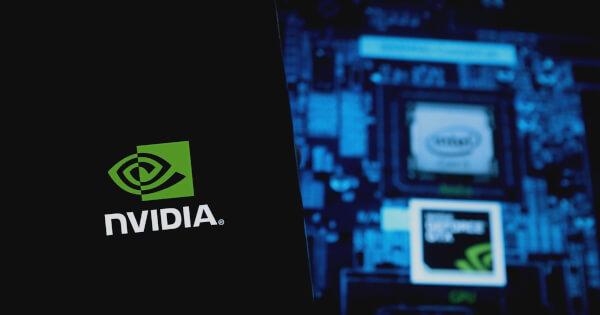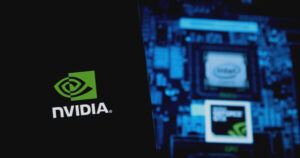Microsoft and NVIDIA: A New Era in AI with the Phi Series of Small Language Models
By James Ding
Feb 26, 2025 — 15:38
At the forefront of AI innovation, Microsoft has just unveiled exciting new entries in its Phi series of small language models (SLMs). Among them are the Phi-4-multimodal and Phi-4-mini models, both meticulously trained on cutting-edge NVIDIA GPUs. This remarkable advancement not only emphasizes AI’s growing capabilities but also underscores the importance of efficient resource utilization—an imperative in today’s fast-paced tech landscape.

Revolutionizing AI with Enhanced Small Language Models
The introduction of SLMs marks a pivotal shift in how we tackle the challenges inherent in large language models (LLMs), which, while powerful, demand extensive computational resources. SLMs, in contrast, offer a streamlined approach tailored for environments where memory and processing power are at a premium. This leap forward allows for wider deployment across various devices—from smartphones to IoT devices—without sacrificing performance.
The Power of the Phi-4-Multimodal Model
A standout in this new lineup is the Phi-4-multimodal model. Its ability to seamlessly process a blend of text, audio, and images is a game-changer for numerous applications, such as automated speech recognition, real-time translation, and advanced visual reasoning. Training this model was a formidable task, requiring 512 NVIDIA A100-80GB GPUs over a laborious 21-day period, showcasing the dedication to pushing AI boundaries.
With an impressive 5.6 billion parameters, the Phi-4-multimodal has already made waves in the speech recognition arena, achieving the top rank on the Huggingface OpenASR leaderboard with a record-setting word error rate of just 6.14%. This positions the Phi-4-multimodal as a frontrunner in enhancing technologies that depend on voice recognition.
Optimized for Conversations: The Phi-4-Mini
Complementing the Phi-4-multimodal model is the Phi-4-mini, a text-only model sharply engineered for chat and conversational applications. Featuring 3.8 billion parameters, this model is adept at handling expansive long-form content while offering an enviable context window of 128K tokens. Trained with 1024 NVIDIA A100 80GB GPUs over 14 days, the Phi-4-mini emphasizes quality, drawing on high-quality educational and code-based data to deliver superior conversational experiences.
Integration and Accessibility: The Azure AI Foundry
The operational capabilities of both models are significantly expanded through their availability on Microsoft’s Azure AI Foundry. This innovative platform empowers developers to design, customize, and manage AI applications, effectively bridging the gap between AI capabilities and practical use cases. Interested developers can also access these models via the NVIDIA API Catalog, which provides a sandbox for experimentation and integration into diverse applications.
The partnership between NVIDIA and Microsoft goes beyond model training; it heralds an era of enhanced AI transparency and open-source support. Together, they aim to propel AI technology forward across industries, from healthcare to life sciences, ensuring that cutting-edge advancements serve the greater good.
Experience the Future of AI at Extreme Investor Network
At Extreme Investor Network, we are committed to ensuring our community stays informed about the latest developments in cryptocurrency, blockchain, and AI technologies. Bringing you exclusive insights and unique analysis, we strive to be your go-to resource for navigating these transformative fields. Join us as we continue to explore the intersection of technology and investment, and how innovations like Microsoft’s Phi models can shape the future.
For further details and continual updates, don’t hesitate to check out our other articles and follow us on social media!
Image source: Shutterstock

